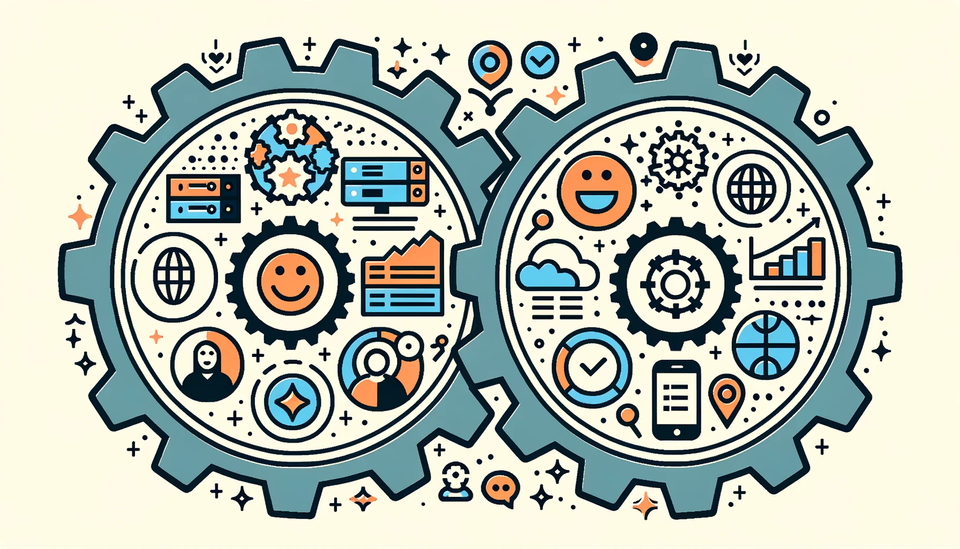Data-Driven Excellence: Harnessing Data Management to Elevate Customer Experience

Introduction
In today's highly competitive market, Customer Experience (CX) has emerged as a key differentiator for businesses. Exceptional CX fosters customer loyalty, enhances brand reputation, and drives business growth. It is the sum of all interactions a customer has with a brand, and thus, plays a crucial role in retaining customers and attracting new ones. In an era where customers have endless choices, a positive CX can significantly impact a business's success and market share.
Data Management involves the collection, storage, and analysis of data to support decision-making and improve operations. In the realm of CX, effective data management is fundamental as it provides insightful customer analytics, personalizes interactions, and ensures smooth operations, all of which significantly enhance the customer's journey. Moreover, it aids in compliance with data protection laws, thereby building trust with customers.
The relationship between Data Management and CX is intertwined and symbiotic. Quality data management facilitates a deeper understanding of customer behaviors and preferences, enabling businesses to tailor their services and products accordingly. Conversely, positive CX generates valuable data which, when managed effectively, provides insights for continuous improvement. This reciprocal relationship forms a cycle of improvement where better data management enhances CX, and improved CX yields better data for analysis, setting a foundation for sustained business growth and customer satisfaction.
Understanding Customer Behavior
Data Collection and Analysis
Data collection and analysis are pivotal in understanding customer behavior, which in turn, significantly influences CX. Through data collection, businesses can gather a wealth of information regarding customer preferences, buying habits, and interactions with the brand. This data, when analyzed, unveils insights that can be leveraged to enhance customer satisfaction, personalize interactions, and predict future behaviors. For instance, analyzing purchasing patterns can help in personalizing marketing campaigns, while feedback analysis can provide clues on areas of improvement. Hence, data collection and analysis serve as the linchpin in comprehending customer behavior, aiding in the fine-tuning of strategies to improve CX.

